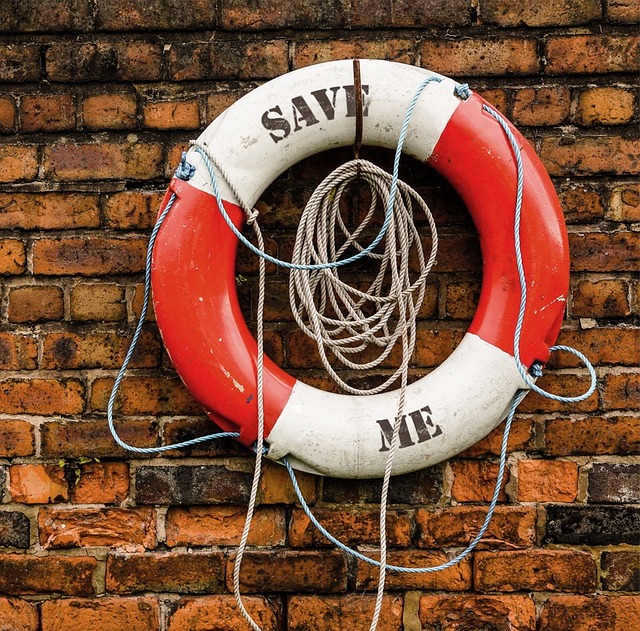Here’s a question for you to ponder.
Do pro-life advocates truly understand what the “upstream” problem is they need to solve in order for millions of more women to choose life instead of abortion?
What do I mean by the “upstream” problem?
There is a parable called the “River Parable” that is told in many different ways.
I’ll adopt it here to the case of women facing unexpected pregnancies.
Here goes.
There was a large group of people downstream at the mouth of a river frantically throwing life preservers to women facing unexpected pregnancies who were in danger of drowning.
Thankfully, the efforts of these heroes saved many women’s lives, but even so, unfortunately more and more women kept coming down the river.
Suddenly, a doctor drove up, got out of his car, and carefully observed what was taking place as our heroes were throwing life preservers into the water to help save women.
The doctor pulled out his note pad and began taking notes.
Many in the crowd implored the doctor to stop taking notes and lend a hand at throwing life preservers to the women in the water to help save them.
Instead of heeding the loud call of the crowd, the doctor got back into his car and drove away to the consternation of many in the crowd.
A short time passed, and then many in the crowd began to notice that the number of women coming down the river that needed to be thrown a life preserver was noticeably decreasing.
Everybody was so happy!
But they were curious as to the cause of the reduction in the number of women.
Then, the doctor who had driven away earlier reappeared again in his car.
Some in the crowd were all too eager to share a piece of their minds with the doctor for not having helped earlier.
The doctor listened patiently to their complaints, then responded,
“I was curious why there were so many women in the water here downstream, so I drove back upstream to investigate where and how they were falling into the water.”
“I found there was a fence that was broken and when the women leaned out to view the river they slipped and fell in.”
“So I mended the fence.”
I think you can likely grasp the point of this parable.
Many problems that we see in our day-to-day experience are downstream of a bigger problem originating upstream.
The challenge is that when we human beings see a problem right before our eyes we naturally want to jump right in and fix the problem.
And this is a good thing, of course.
But when the problem is a common one that affects us all, it is especially worthwhile to investigate if something can be done back “upstream” of the process that led to the problem in the first place to see if we can alleviate or eliminate the problem happening “downstream.”
By way of a simple example, it is widely acknowledged that America has an obesity problem.
While I don’t want to downplay that there are some complicated issues involved with obesity, if we go back upstream of the obesity problem, what could we do to “mend the fence” so fewer people fell in the river?
There are many possible solutions, but one would be offer some kind of financial incentives to those who kept their weight under control knowing that the cost of this would more than offset the future medical costs of the many maladies associated with obesity.
The point is that there are a host of solutions that can be implemented upstream of a problem in order to reduce the number of people that end up falling in the river and then need to be saved downstream.
It just takes the will to be creative in the face of many who will primarily focus on the immediate results of helping people downstream.
In this week’s articles, we’ll look at how the River Parable applies to the issue of unexpected pregnancies, and test some current strategies used by pro-life advocates and organizations to determine how effective they are at “mending the fence” upstream.
This will get a bit controversial so stay tuned.
Regards,
Brett Attebery

